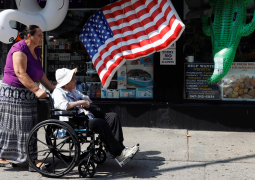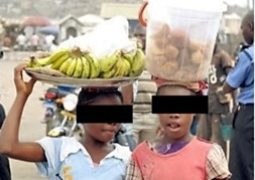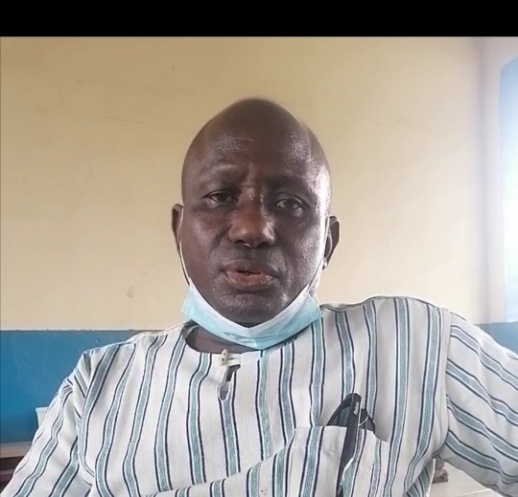
BANJUL, 29 October, 2021 – Concerns have mounted when a part of Banjul, the capital city of The Gambia was flooded this rainy season with compounds inundated, resulting in the prompt visit by President Adama Barrow, Bunjul North Lawmaker Hon. Ousman Sillah and Mayoress Rohey Malick Lowe.
Having been named 10th most vulnerable cities in the world, sea level rise is predicted to have a significant impact on coastal areas, especially coastal megacities such as The Gambia's capital city.
Banjul has “an average elevation of only 80 cm above Mean Sea Level (MSL),” which makes it highly vulnerable.” The terrain in the city is almost flat which poses significant drainage challenges.
According to Hon. Ousman Sillah, in an exclusive interview, the situation was as a result of anthropogenic activities such as encroachment or reclamation taking place in the Bund Road area and the Lasso Wharf stretch and the outlying swamps in the outskirts of Banjul completely inundated with the rising water levels.
Banjul City and Kanifing Municipality in The Gambia are most affected by climate risk in the country as a result of urbanisation and exposure to flood.
In May 2021, Vice President of the Republic of The Gambia, Dr. Isatou Touray at a stakeholder workshop for Greater Banjul Area on Flood and Coastal Risk Assessment, points out: “The Greater Banjul Area [Banjul City, Kanifing Municipal Area and parts of the West Coast Region] are among the most affected by climate risk.”
She described urbanisation as the main drivers of flood risk particularly in the coastal areas.
She said the government has made very important advances in the climate and disaster risk management agenda.
Hon. Sillah, who visited Tobacco Road – the flood stricken area, said the explanation given by the experts indicates that the combination of the pressure resulting from the reclaimed areas in the swampland, heavy rains, sewage water and clogged canal which doesn’t allow for the free flow of the water culminated in the flooding of the areas bordering the canal.
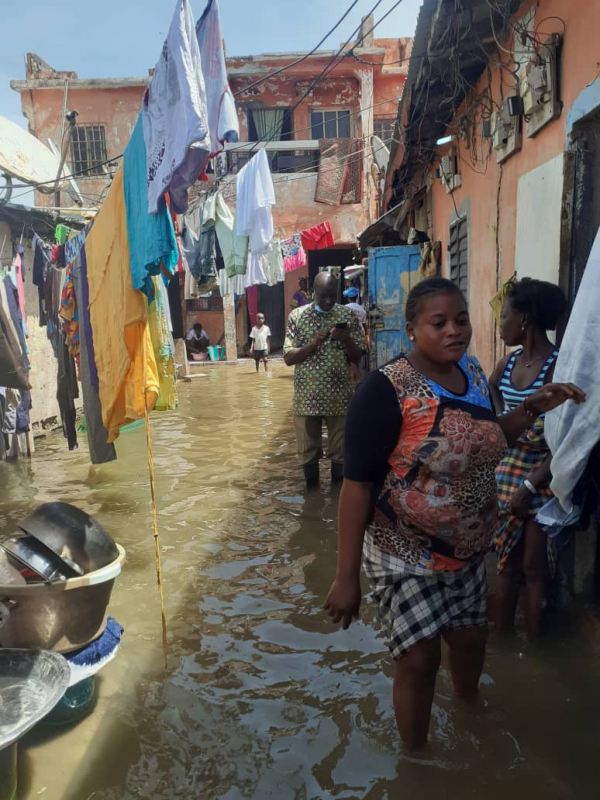
Hon. Sillah takes copious note in a compound at Tobacco Road
Hon. Sillah further told this medium that he also contacted both the National Disaster Management Agency (NDMA) and Gambia Red Cross Society (GRCS) to assess the situation and determine the form of intervention to make in terms of relief for the distressed victim families at Campama Estate.
The Banjul North lawmaker said there was no time for any blame game now as the area needs both immediate and long term solutions to address the present inundation as well as to prevent its recurrence in the future. He identified the stakeholders as the Government, Banjul City Council (BCC), NAWEC, Banjul roads project Contractor and the inhabitants of Banjul.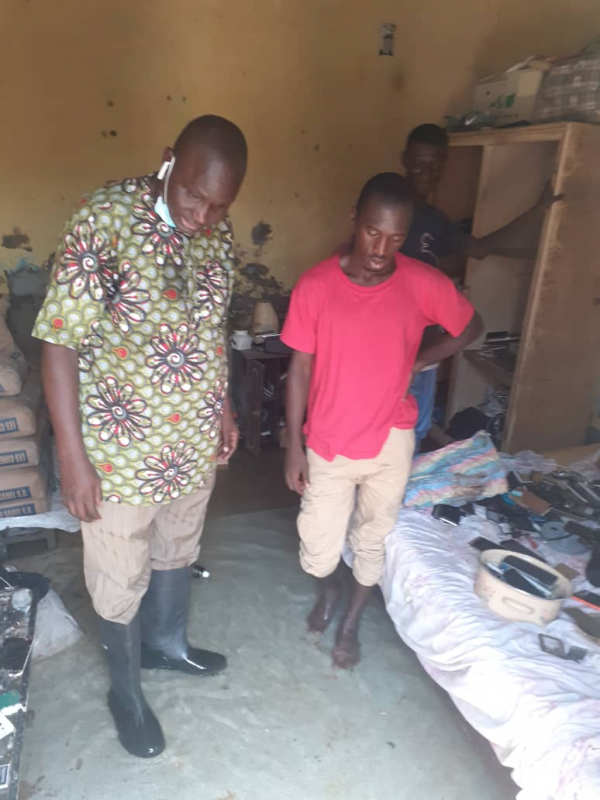
Lawmaker Sillah inspects a flooded house at Banjul Tobacco Road
“The government should engage the stakeholders to remove the blockage in the canal and put a stop to the encroachment in the Tanbi Wetland as well as construct a good drainage system; BCC should put in place a system or measures that ensures the regular collection and disposal of garbage and public sensitisation to prevent indiscriminate dumping of waste and the cleaning of gutters and for NAWEC to stop emptying the raw sewage water into the canal by fixing the pipe that used to deposit it into the nearby sea,” Hon. Sillah noted.
Quizzed whether he was privy with any government document that has a plan to save Banjul from future disasters, the Banjul North MP responded in the negative.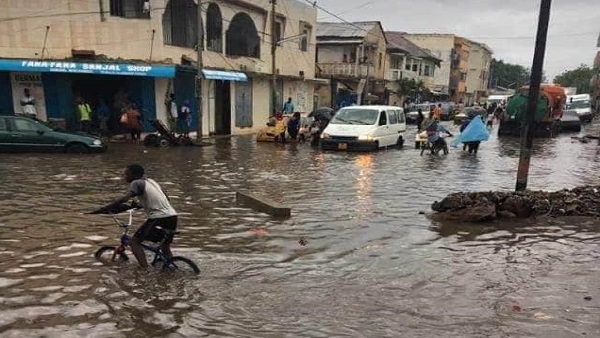
He, however, stated that the colonial government did a better planning for Banjul than the independent government, putting account of a serious flooding in 50s in the city, causing havoc. “After the flooding in 50s, Banjul was built in such a way that it would have been difficult for it to get flooded,” he said. Since then, there had not been flooding until now not much care is taken with regards to gutters.”
The Banjul North legislator acknowledged that the city is at risk and if care is not taken, it can be inhabitable.
This work is written/produced by Bekai Njie with technical assistance from the West African Journalists Association (WAJA) and the Mano River Union Natural Resources Rights and Governance Platform (MRU CSO Platform).
Read Other Articles In Feature
Exploring The Potential of Peptides in Neuroscience Research
Nov 12, 2024, 11:53 AM
